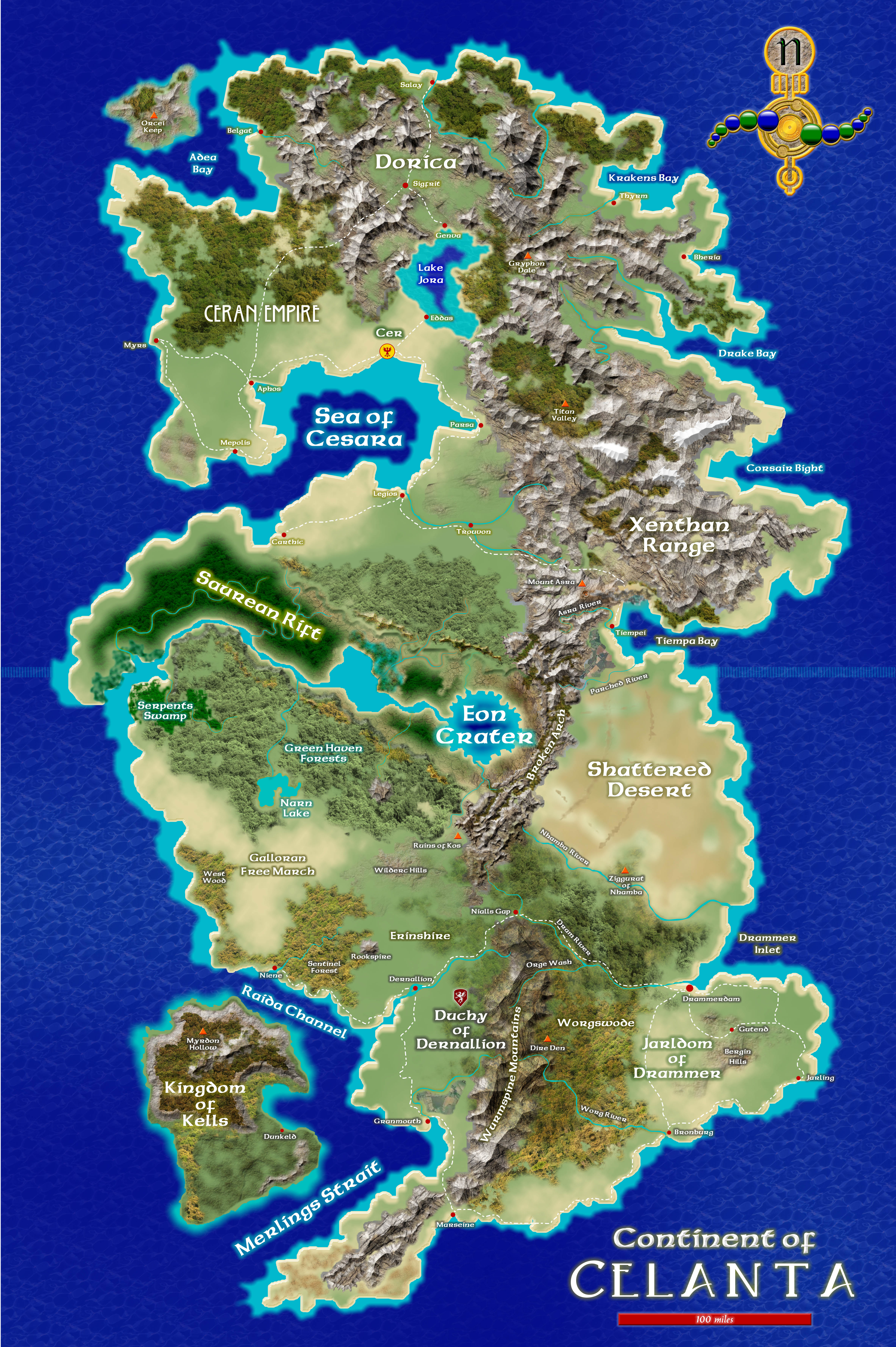Alzrius
The EN World kitten
I want to thank everyone who's replied so far; you've given me some great advice - and great links! - to chew on. As it stands now, I'm re-evaluating what I'm willing to put into map-making versus what I'll get out of it, and trying to re-assess what the best course of action is from there.
One further question I had, though, was about GIMP and Xara. I've never heard of these before, and know virtually nothing about them. From what I'm hearing, they sound like the best materials for making the highest-quality maps...but from what I'm reading, it sounds like these rely on drawings that you make yourself and then scan into the program (or perhaps it uses a tablet)?
Is that the case? I mean, are these programs where you actually hand-draw the map first and then use these programs to manipulate an upload of the image?
I ask because hand-drawing is a deal-breaker for me. I have no artistic ability where drawing (or any other kind of visual-imagery creation) is concerned. None. Zero. It's not hyperbole for me to say that I have to struggle to draw stick figures on a good day; it's a literal statement (not to get too deep into my issues with drawing, but the general consensus from people who know me is that I never learned how to hold a pencil right - that is, what feels comfortable in my grasp is not conducive to actual use; hence why my handwriting is so bad).
With that in mind, are GIMP and/or Xara (or any other program mentioned here) ruled right out for me?
One further question I had, though, was about GIMP and Xara. I've never heard of these before, and know virtually nothing about them. From what I'm hearing, they sound like the best materials for making the highest-quality maps...but from what I'm reading, it sounds like these rely on drawings that you make yourself and then scan into the program (or perhaps it uses a tablet)?
Is that the case? I mean, are these programs where you actually hand-draw the map first and then use these programs to manipulate an upload of the image?
I ask because hand-drawing is a deal-breaker for me. I have no artistic ability where drawing (or any other kind of visual-imagery creation) is concerned. None. Zero. It's not hyperbole for me to say that I have to struggle to draw stick figures on a good day; it's a literal statement (not to get too deep into my issues with drawing, but the general consensus from people who know me is that I never learned how to hold a pencil right - that is, what feels comfortable in my grasp is not conducive to actual use; hence why my handwriting is so bad).
With that in mind, are GIMP and/or Xara (or any other program mentioned here) ruled right out for me?

